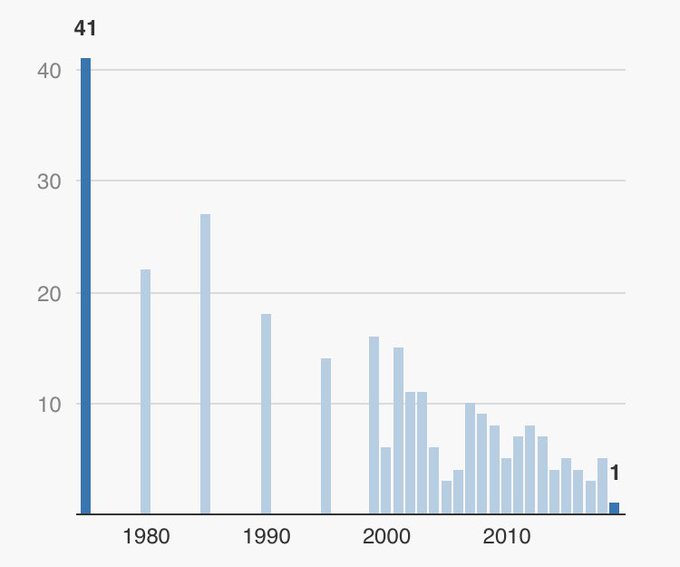Northern Light
Superstar
Lots of good points above.
I favour 'road design' as the biggest, most critical solution; though driver-training, enforcement and other actions all have a role.
On road design, as stated in other words above; what you expect of a driver; and any other road user for that matter should be intuitive.
Rules and laws have real value; they are most often ignored when cognitive dissonance factors.
By which I mean, you can set the speed limit on Lakeshore Blvd to 50km/ph. But if you're on it at 3am, on a clear night with no weather, its essentially a 3-lane, one-way, highway with very few lights outside the core, and very few pedestrians and wide open landscape; without even thinking about it, you'll let the car slide to 70km/ph even if you're being careful and not intending to speed.
You want a slower driver, you need a narrower road, with buildings or landscapes closer to the curb line, a positive environment for other road users, and road that doesn't aim to be precisely straight and doesn't let you take turns at speed.
Not rocket science.
You don't need to woonerf Lakeshore.
You need to eliminate channelized right hand turns.
You need to eliminate double-left turns.
You need highway on/off ramps to have no acceleration/deceleration lane on Lakeshore itself and to be configured as hard left/right on exit.
Etc etc.
Once we address these types of issues we can, and should, move to address the scourge of impaired driving; mandate technologies that make cars safer for all road users (rear-view and side-view cameras, an air-bag for pedestrian/bumper contact etc.); as well as address driver-training problems via mandating simulator training and license tests that are far more realistic.
In addition, something we don't talk properly about enough is night-lighting.
From what I can discern the way in which we light are roads is actually worse for safety than not lighting them at all.
We have broad lights that leave vast areas in shadow, notably sidewalks and crosswalks, while making headlights far less effective in showing anomalies.
I think lower, pedestrian-centric lights along sidewalks and at designated crossings, and removing over-head street lights might well be a safer design.
Pedestrian lights would make clear whether someone is on a sidewalk looking to cross, or in an intersection vs lighting everything equally.
The absence of street lights over the road would also make car headlights much more visible to a would-be crosser.
I favour 'road design' as the biggest, most critical solution; though driver-training, enforcement and other actions all have a role.
On road design, as stated in other words above; what you expect of a driver; and any other road user for that matter should be intuitive.
Rules and laws have real value; they are most often ignored when cognitive dissonance factors.
By which I mean, you can set the speed limit on Lakeshore Blvd to 50km/ph. But if you're on it at 3am, on a clear night with no weather, its essentially a 3-lane, one-way, highway with very few lights outside the core, and very few pedestrians and wide open landscape; without even thinking about it, you'll let the car slide to 70km/ph even if you're being careful and not intending to speed.
You want a slower driver, you need a narrower road, with buildings or landscapes closer to the curb line, a positive environment for other road users, and road that doesn't aim to be precisely straight and doesn't let you take turns at speed.
Not rocket science.
You don't need to woonerf Lakeshore.
You need to eliminate channelized right hand turns.
You need to eliminate double-left turns.
You need highway on/off ramps to have no acceleration/deceleration lane on Lakeshore itself and to be configured as hard left/right on exit.
Etc etc.
Once we address these types of issues we can, and should, move to address the scourge of impaired driving; mandate technologies that make cars safer for all road users (rear-view and side-view cameras, an air-bag for pedestrian/bumper contact etc.); as well as address driver-training problems via mandating simulator training and license tests that are far more realistic.
In addition, something we don't talk properly about enough is night-lighting.
From what I can discern the way in which we light are roads is actually worse for safety than not lighting them at all.
We have broad lights that leave vast areas in shadow, notably sidewalks and crosswalks, while making headlights far less effective in showing anomalies.
I think lower, pedestrian-centric lights along sidewalks and at designated crossings, and removing over-head street lights might well be a safer design.
Pedestrian lights would make clear whether someone is on a sidewalk looking to cross, or in an intersection vs lighting everything equally.
The absence of street lights over the road would also make car headlights much more visible to a would-be crosser.





/arc-anglerfish-tgam-prod-tgam.s3.amazonaws.com/public/5ZNYNAX3QJH7JEUF5K3OXLQN2M.JPG)
